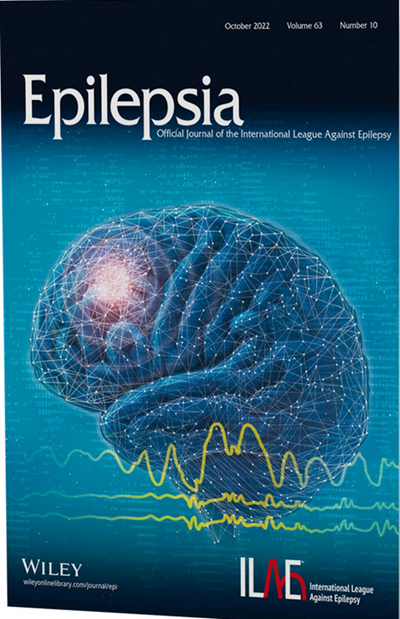Patients carrying pathogenic SCN8A variants with loss- and gain-of-function effects can be classified into five subgroups exhibiting varying developmental and epileptic components of encephalopathy
Abstract
Objective
Phenotypic heterogeneity presents challenges in providing clinical care to patients with pathogenic SCN8A variants, which underly a wide disease spectrum ranging from neurodevelopmental delays without seizures to a continuum of mild to severe developmental and epileptic encephalopathies (DEEs). An important unanswered question is whether there are clinically important subgroups within this wide spectrum. Using both supervised and unsupervised machine learning (ML) approaches, we previously found statistical support for two and three subgroups associated with loss- and gain- of- function vari-ants, respectively. Here, we test the hypothesis that the unsupervised subgroups (U1–U3) are distinguished by differential contributions of developmental and epileptic components.
Methods
We predicted that patients in the U1 and U2 subgroups would differ in timing of developmental delay and seizure onset, with earlier and concurrent onset of both features for the U3 subgroup. Standard statistical procedures were used to test these predictions, as well as to investigate clinically relevant associations among all five subgroups.
Results
Two-population proportion and Kruskal–Wallis tests supported the hypothesis of a reversed order of developmental delay and seizure onset for patients in U1 and U2, and nearly synchronous developmental delay/seizure onset for the U3 (termed DEE) subgroup. Association testing identified subgroup variation in treatment response, frequency of initial seizure type, and comorbidities, as well as different median ages of developmental delay onset for all five subgroups.
Significance
Unsupervised ML approaches discern differential developmental and epileptic components among patients with SCN8A-related epilepsy. Patients in U1 (termed developmental encephalopathy) typically gain seizure control yet rarely experience improvements in development, whereas those in U2 (termed epileptic encephalopathy) have fewer if any developmental impairments despite difficulty in achieving seizure control. This understanding improves prognosis and clinical management and provides a framework to discover mechanisms underlying variability in clinical outcome of patients with SCN8A-related disorders.

 求助内容:
求助内容: 应助结果提醒方式:
应助结果提醒方式:


